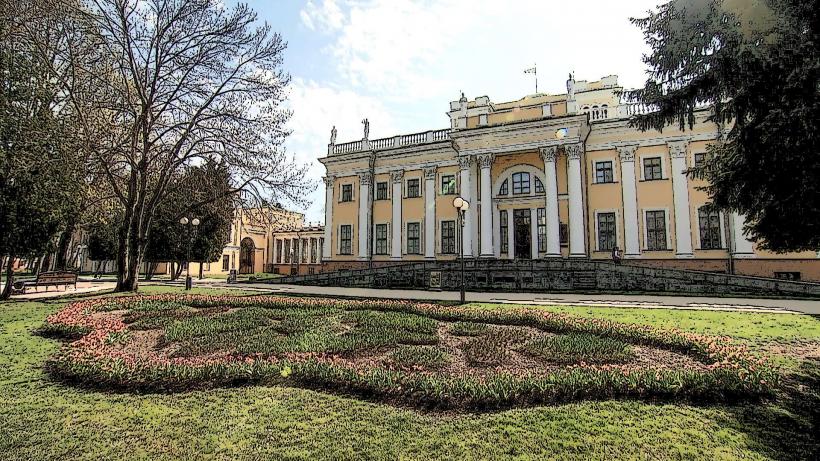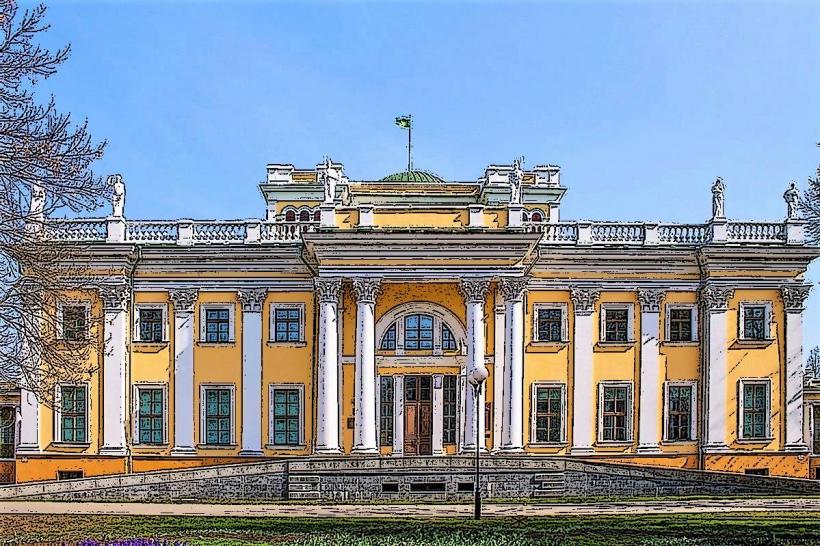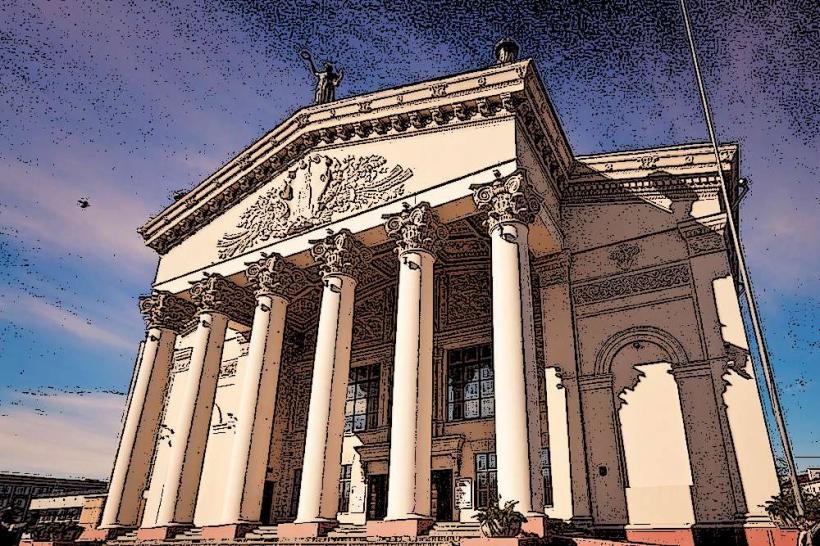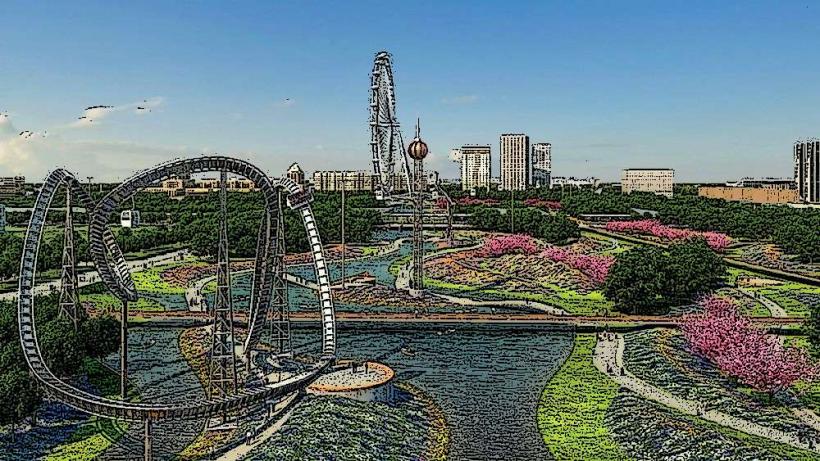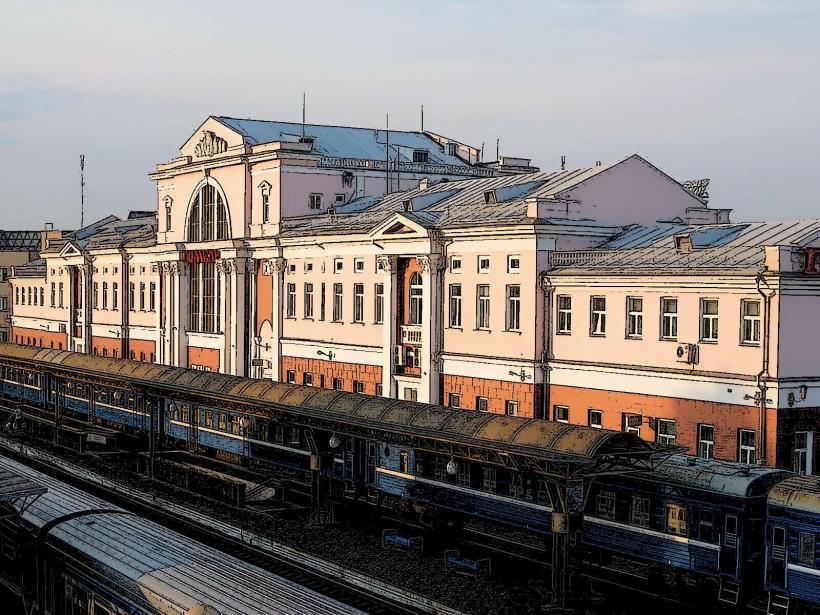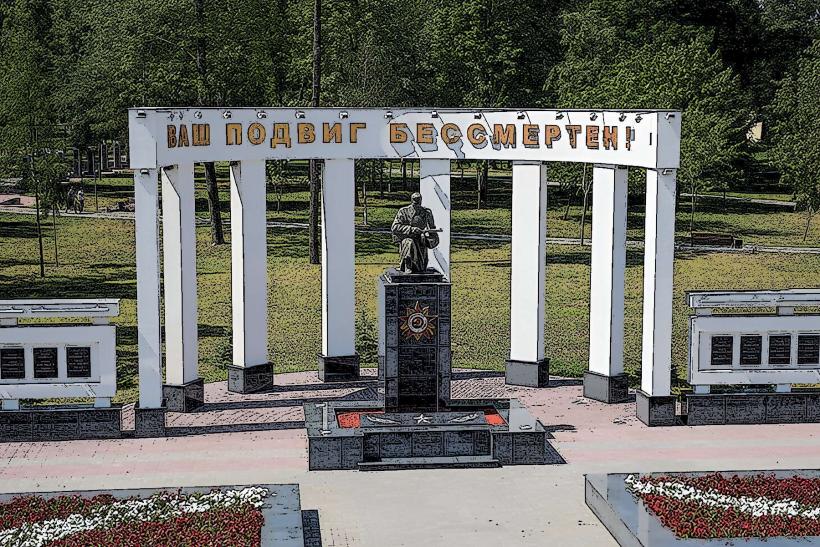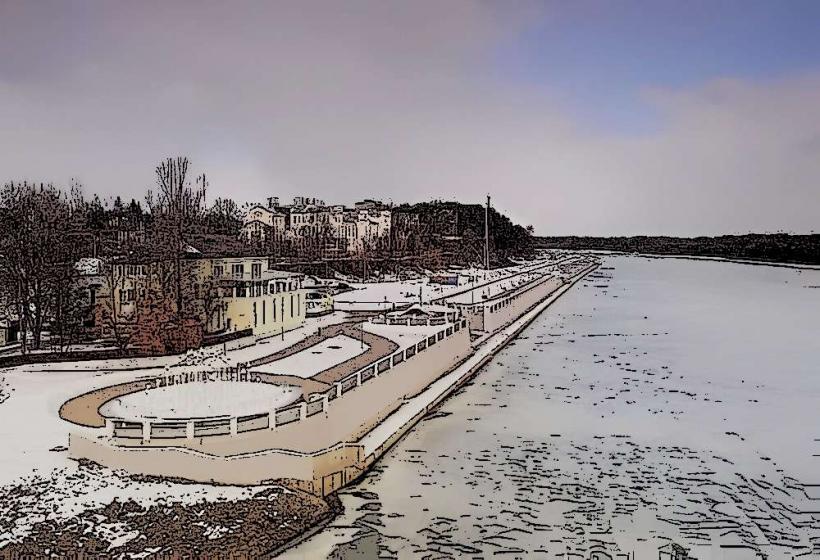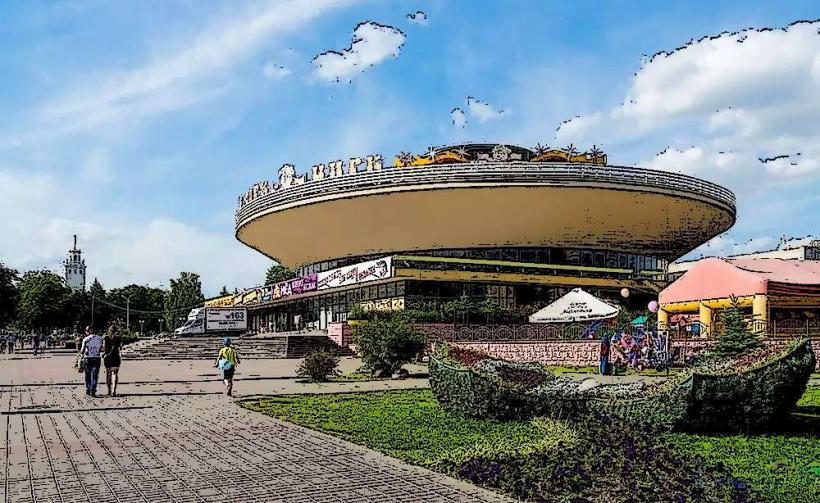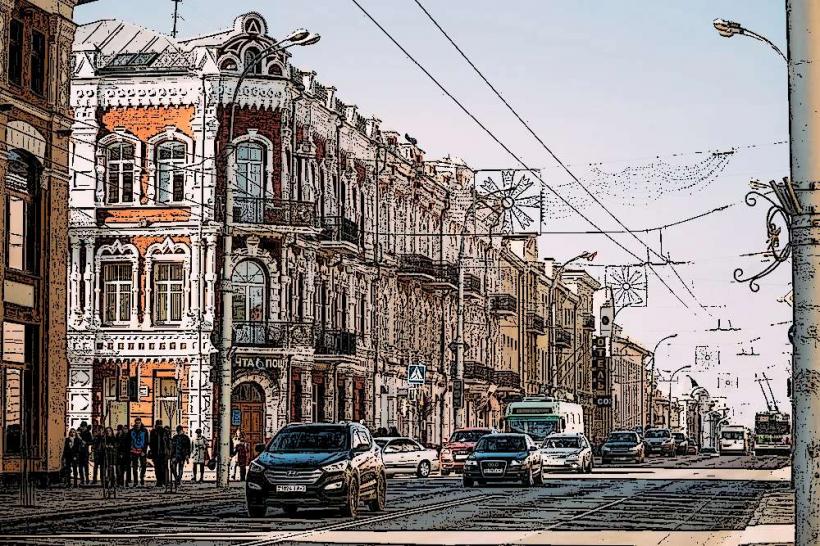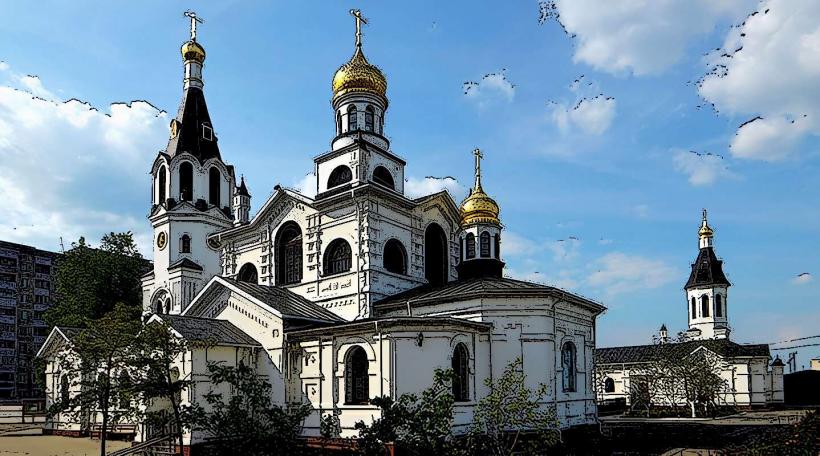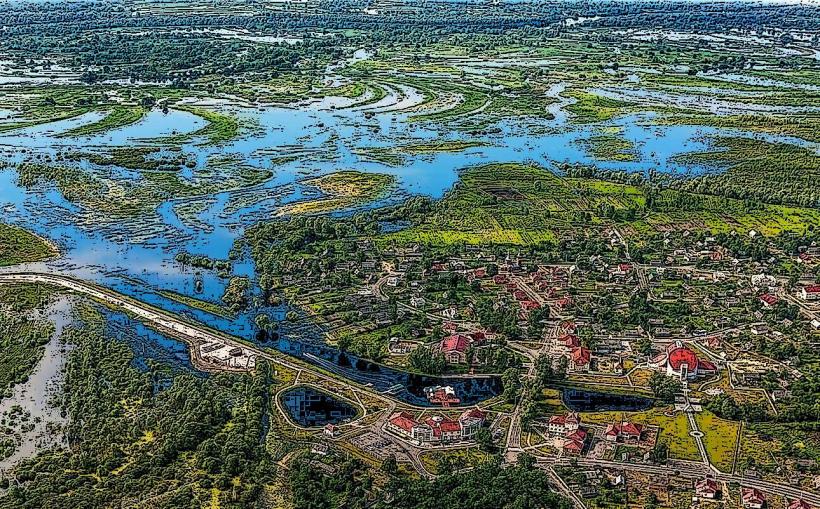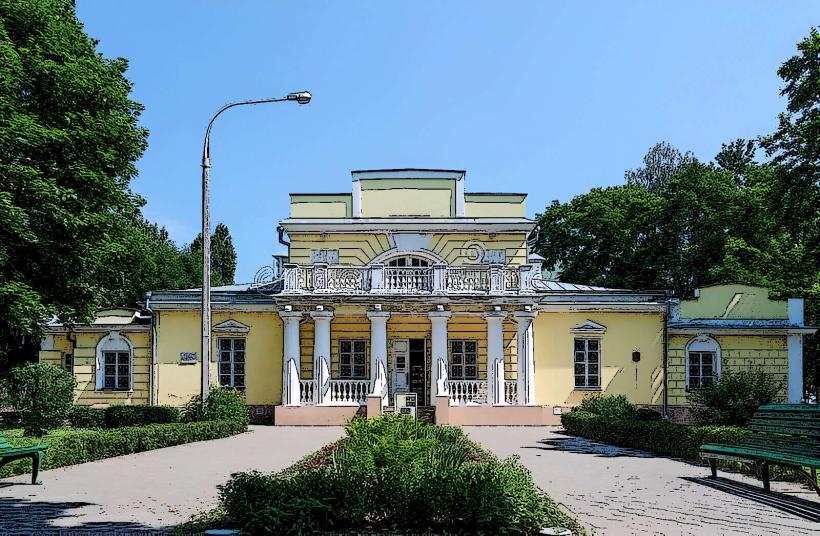Information
Landmark: Gomel Regional Museum of Military GloryCity: Gomel
Country: Belarus
Continent: Europe
The Gomel Regional Museum of Military Glory (Белорусский областной музей военной славы) is a prominent museum in Gomel, Belarus, dedicated to preserving the memory of the Great Patriotic War (the Eastern Front of World War II) and other military history events significant to the region. The museum showcases the courage, sacrifices, and contributions of the people of Gomel and the surrounding areas during wartime.
1. Historical Context
The Gomel Region played an important role during World War II, suffering significant destruction and loss of life during the German occupation and subsequent battles. The city of Gomel, located near the Sozh River, was a strategic point during the war, and its inhabitants contributed greatly to the Soviet war effort. The region experienced heavy fighting, and many local residents fought in the war, while others were victims of the Nazi occupation.
The Gomel Regional Museum of Military Glory was established to honor the soldiers and civilians who lived through these tumultuous times. The museum seeks to preserve and present the history of the region's involvement in the war and its broader role in the military history of Belarus.
2. Exhibitions and Collections
The museum’s collections are diverse and provide a comprehensive look at the military history of the Gomel region, particularly during World War II. The exhibits highlight key battles, the role of local soldiers in the Soviet Army, and the occupation of Gomel by Nazi forces, as well as the region's post-war recovery.
Key exhibits include:
- War Memorabilia: The museum displays a wide range of military artifacts, such as uniforms, weapons, medals, and personal items belonging to soldiers and civilians during the war. This includes items from both the Soviet and German armies, reflecting the dual impact of the conflict.
- Photographs and Documents: There are numerous photographs, official documents, and personal letters that chronicle the experiences of local people during the war. These documents serve as personal testimonies to the hardships faced by the residents of Gomel and the sacrifices made during the war.
- Diaries and Memoirs: The museum features the memoirs and diaries of soldiers from Gomel who fought on the frontlines, as well as civilian accounts of life under Nazi occupation.
- Military Equipment: Larger items on display include military vehicles, artillery, and machinery that were used in the battles in and around Gomel. These artifacts give visitors a tangible sense of the scale of the war and the military technology of the era.
- Interactive Exhibits: The museum also has interactive components, including multimedia presentations and recreations of battle scenes, which engage visitors in a deeper understanding of the wartime experience.
3. Key Historical Themes
The museum covers several key historical themes, each focused on aspects of the region's wartime history:
- The German Occupation of Gomel: Gomel was occupied by Nazi forces from 1941 to 1943, and the museum details the experiences of the local population during this time. The exhibition showcases the suffering, resistance efforts, and the eventual liberation of the city.
- The Battle of Gomel: The museum highlights the pivotal role of Gomel in the Eastern Front, especially during the Battle of Gomel in 1943, when Soviet forces launched a series of offensives to liberate the city and the region from German control.
- Local Resistance and Heroism: The museum honors the people from the Gomel region who participated in partisan resistance movements and the Soviet army, as well as civilians who made significant contributions to the war effort.
- The Aftermath and Reconstruction: Post-war recovery and the rebuilding of Gomel are also central themes, demonstrating the resilience of the local population and the collective effort to restore the city after its destruction.
4. Educational Role
The Gomel Regional Museum of Military Glory is an important educational resource. It plays a key role in educating the public, especially younger generations, about the history of the Great Patriotic War and the sacrifices made during it. The museum regularly organizes educational programs, school tours, and exhibitions to ensure that the memory of the war is preserved for future generations.
5. Commemoration and Memorialization
The museum is an essential place for remembrance and commemoration. It often hosts ceremonies and events on important dates related to World War II, such as Victory Day (May 9), which marks the defeat of Nazi Germany. During such events, the museum serves as a hub for veterans, local residents, and visitors to honor the war heroes and reflect on the war’s impact on Belarusian society.
6. Location and Architecture
The museum is located in the center of Gomel, making it easily accessible to both residents and tourists. The building itself is an example of Soviet-era architecture, with simple but bold features that reflect the solemnity and gravity of the museum’s mission. While not an overly ornate building, it houses significant collections that make it a focal point for military history in the region.
7. Modern-Day Role
Today, the Gomel Regional Museum of Military Glory serves as both a museum and a living memorial to those who fought in World War II. It continues to draw visitors from around Belarus and beyond, offering a unique and in-depth look at the role of Gomel in the war and the enduring impact of the conflict on the region’s history and culture.
The museum is also a vital part of the national effort to preserve the memory of the Great Patriotic War, contributing to the broader understanding of Belarus’s role in the Soviet victory over Nazi Germany. It serves as a reminder of the sacrifices made and the importance of historical remembrance.
8. Conclusion
The Gomel Regional Museum of Military Glory is a vital cultural institution that provides visitors with a deep, emotional connection to the history of the region during World War II. Through its extensive collections and powerful exhibits, the museum honors the memory of those who lived through the war, both in battle and in the home front. It stands as a poignant tribute to the resilience and bravery of the people of Gomel and Belarus during one of the most devastating periods in modern history.

